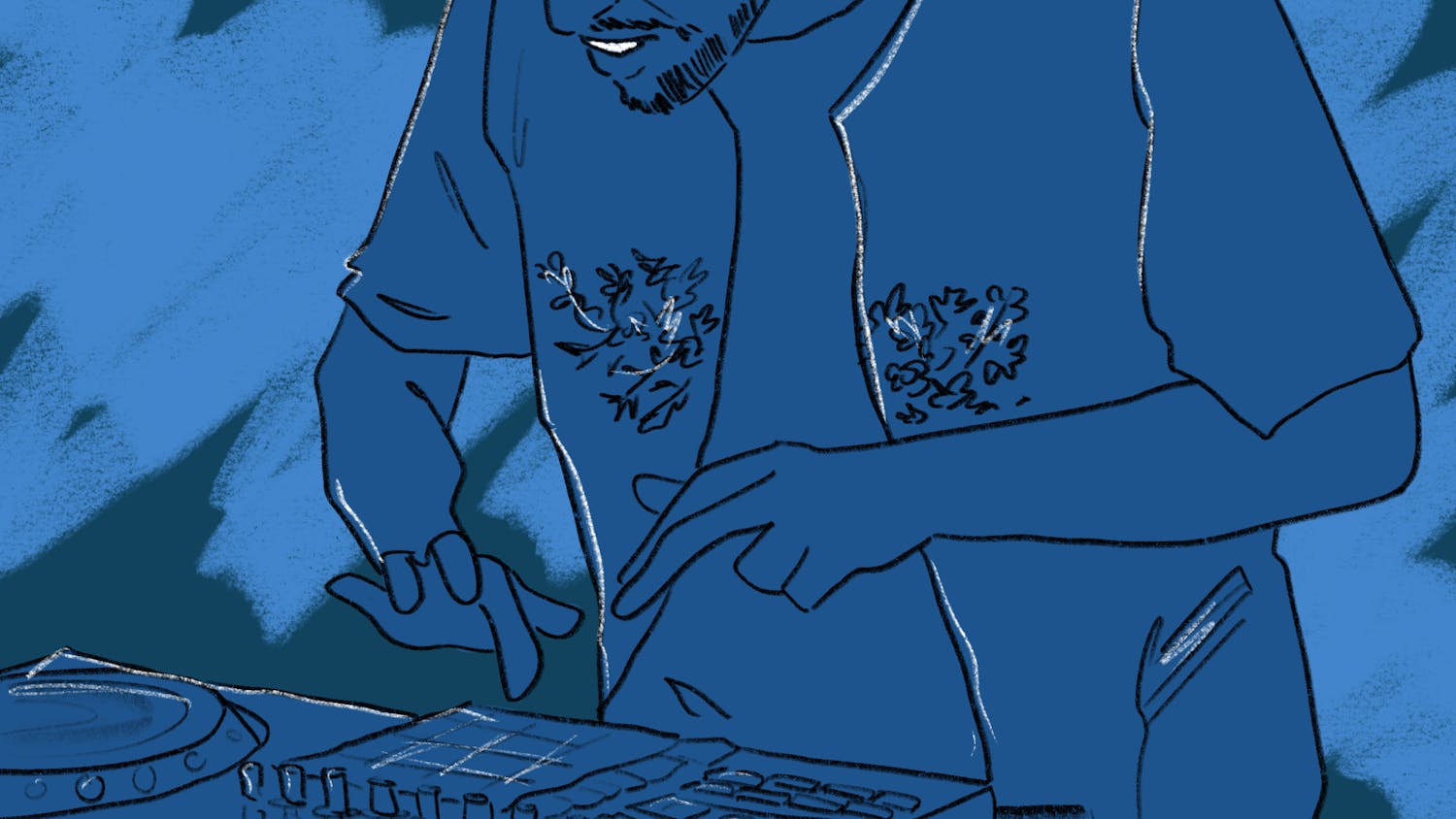Photojournalist Chester Higgins, Jr. visited the Hood Museum Friday to discuss his numerous acheivements in his field.
"It does not matter to me what a person or a thing looks like," Higgins said. "I get beyond that to photograph the spirit within."
As a renowned photojournalist and staff photographer for the New York Times for over 20 years, Higgins has long made a name for himself in the field of photography for his keen attention to the spirituality inherent in all his subjects. Higgins spoke about his photographic technique and presented slides of his work at "Visual Wholeness," an artist talk offered in conjunction with the Hood Museum's new exhibition, "Reflections in Black."
Two of Higgins' photographs are featured in the Hood's exhibition, which presents a history of African-American photographers through their own photographs from the Smithsonian Institution. Like the other photographers whose work is part of the show, Higgins has become one of the best-known visual recorders of the American cultural landscape.
Higgins realizes that, in order to present the most accurate and evocative photographs, he cannot be a passive and uninformed observer.
In traveling to Africa, for instance, Higgins learned that, though he was black, he was not African, and thus needed to first learn about the culture in order to fully capture its essence.
"Without the knowledge of a culture, I might miss whole clues. My photographs are therefore layered not only with the obvious but also with other information as well," Higgins said.
In fact, intimate knowledge about his subject matter is exactly what prompted Higgins to initially become a photographer. While a student at Tuskegee University, Higgins was taken with the idea of old family photographs and wanted to collect images of the people he loved. Ultimately, he decided that the best way to go about this was to become a photographer himself.
Certainly, Higgins' method has not changed all that much since his earliest images. In his work for the New York Times, Higgins goes out into the field with a clear idea of exactly what he is looking for. As his main interests lie in the themes of cultural memory, religion and spirituality, Higgins researches his subjects ahead of time so that he can best understand each individual culture.
"I arrive at a place with a wish list that will at least take me through the first two weeks," Higgins said.
As a result, Higgins tends not to belabor his photography when he is out on a particular story, anticipating instead a particular moment when the desired elements will fall into place and knowing then that an image has met his objectives.
"Even the pictures that just happen, they are deliberate. You have to see a picture in its formation. When the camera is in your hands, you must have all your senses alert," Higgins said.
Nonetheless, sometimes all the elements do not fall into place as Higgins would like, as when he had hoped to be able to photograph Nelson Mandela upon his 1990 release from prison, but was unable to be in Africa at the time. Higgins was disappointed, but spins such situations in a more positive light.
Higgins' interest in world cultures in terms of both traditions and politics has taken him across the globe, from studying how memory is maintained in Brazil to photographing the Great Pyramids in Egypt. In these international images, Higgins tries to show how even the seemingly inconsequential moments or bits of objects can reveal so much about a culture.
"Sometimes just a piece of something can give the suggestion of what is going on," Higgins said.
Often, however, he finds some of his most powerful images much closer to home. From Brooklyn Muslims to black Hebrew weddings in New York, Higgins can seemingly tease out the "signature of a spirit" in the familiar world around him.
Trying to reassert a much-needed respect for the elderly, Higgins set out over the past few years to photograph older Americans from all walks of life and all different races. He wants to show that, contrary to popular belief, people can age very well just as much as they can age badly.
As always, though, Higgins had a very clear idea of what he was looking for in his sitters. Each had to have white hair, be between the ages of 70 and 100, exude a certain dignity, and "their eyes had to be connected to their minds."
Higgins tries to create portraits of individuals whose aging process betrays grace, elegance and willful attitude more than just old age. His experience has allowed him to sense in an instant whether or not certain individuals have that spark he wants to capture through his camera lens.
For Higgins, there is that moment when all the elements seem to fit and when an image can truly speak for itself. When it all seems to fall into place, Higgins feels comfortable that he has his shot. In that instant, he said, "It just hugs you."



